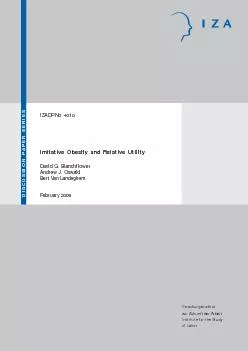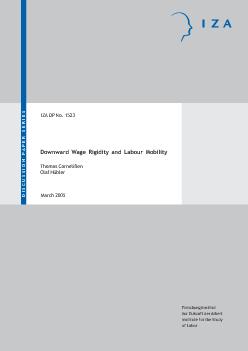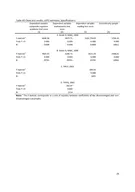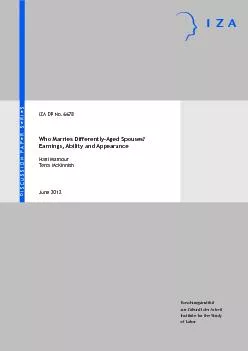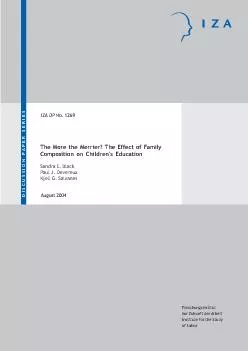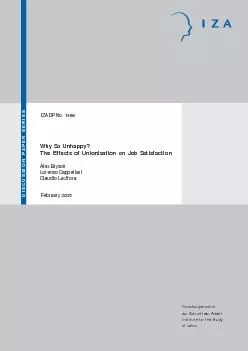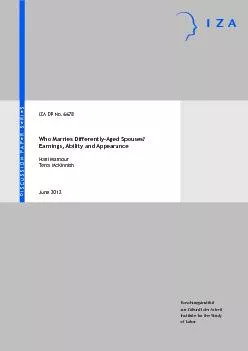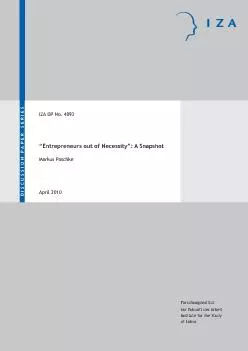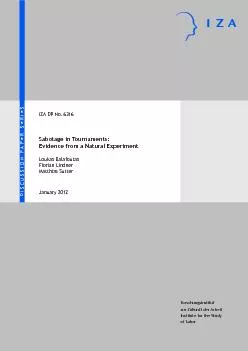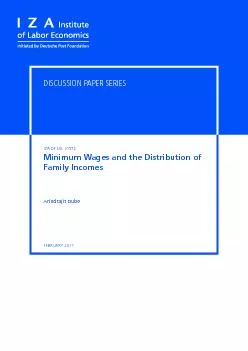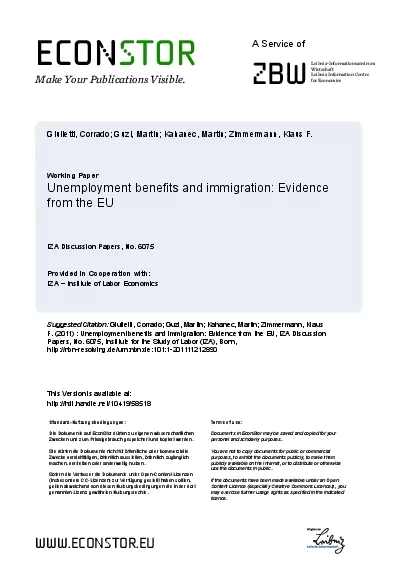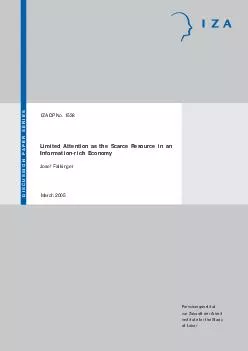PDF-IZA Discussion Paper No. 4010
Author : olivia-moreira | Published Date : 2015-08-11
February 2009 ABSTRACT Imitative Obesity and Relative Utility If human beings care about their relative weight a form of imitative obesity can emerge in which people
Presentation Embed Code
Download Presentation
Download Presentation The PPT/PDF document "IZA Discussion Paper No. 4010" is the property of its rightful owner. Permission is granted to download and print the materials on this website for personal, non-commercial use only, and to display it on your personal computer provided you do not modify the materials and that you retain all copyright notices contained in the materials. By downloading content from our website, you accept the terms of this agreement.
IZA Discussion Paper No. 4010: Transcript
Download Rules Of Document
"IZA Discussion Paper No. 4010"The content belongs to its owner. You may download and print it for personal use, without modification, and keep all copyright notices. By downloading, you agree to these terms.
Related Documents

